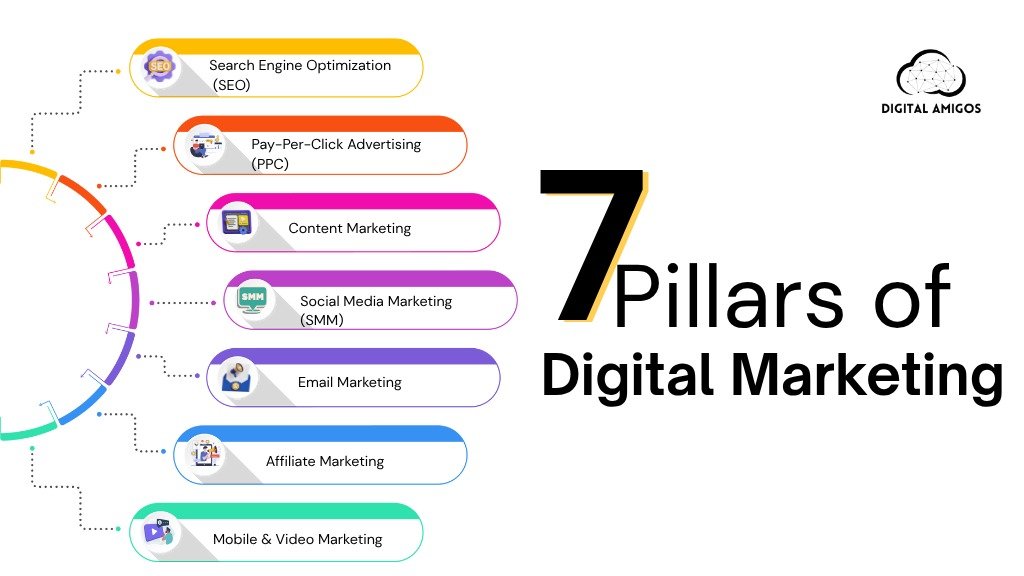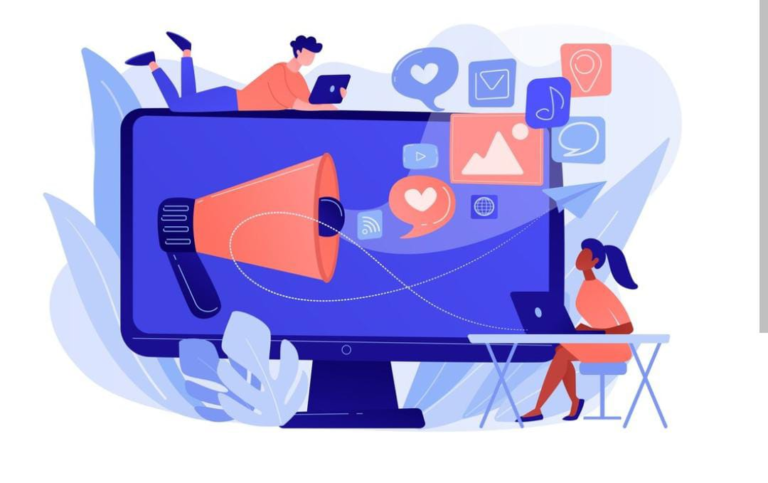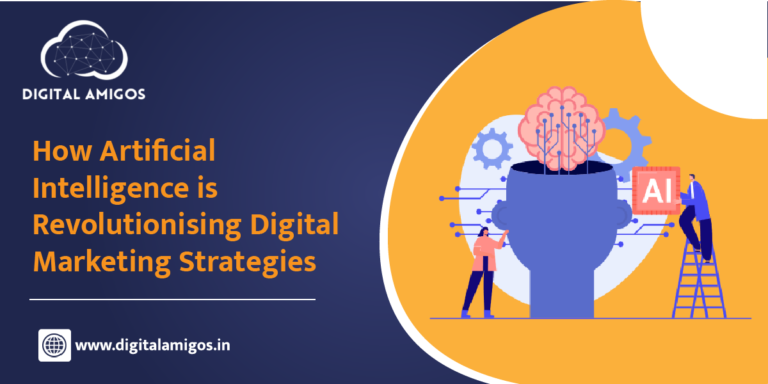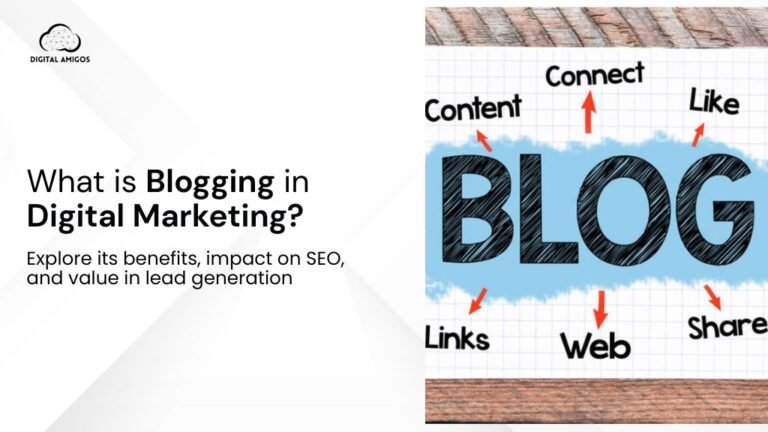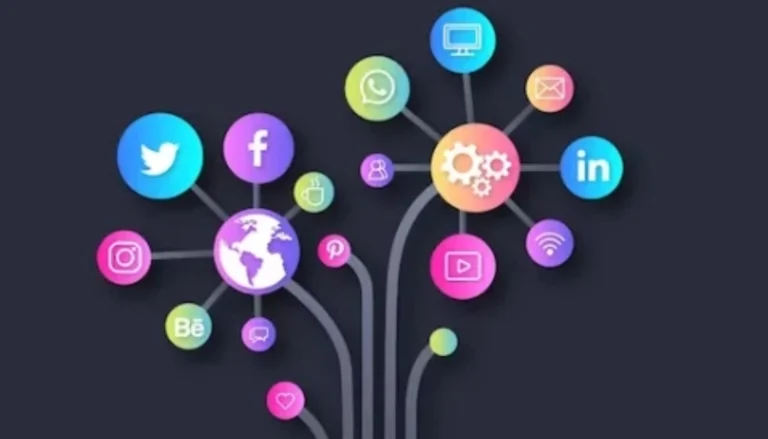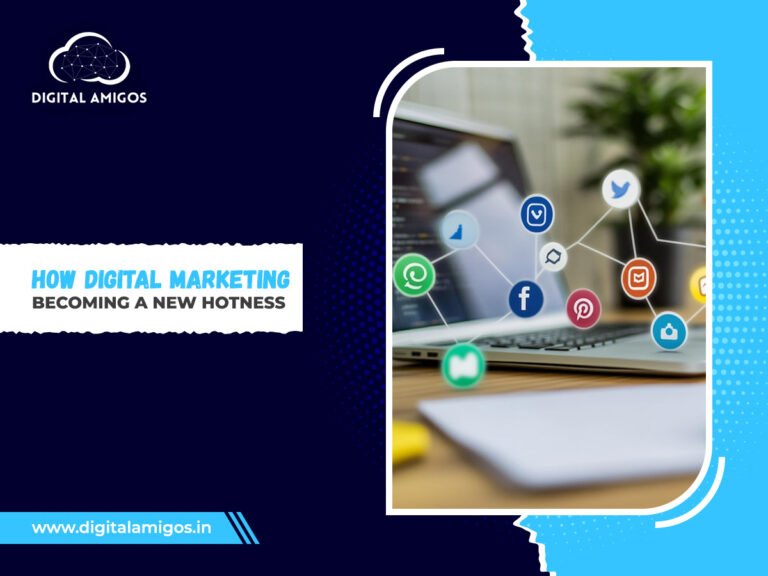7 Pillars of Digital Marketing Explained
Digital marketing has become the backbone of modern business. Whether you’re a startup, a growing brand, or a large enterprise, having a strong online presence is no longer optional — it’s essential. But simply being “online” is not enough. You need a structured, focused, and results-driven approach. That’s where the concept of digital marketing pillars comes in.
So, how many main pillars of digital marketing are there? Most experts agree there are seven core pillars, each playing a unique role in building visibility, engagement, leads, and sales. These pillars form the foundation of a well-rounded digital marketing strategy — helping businesses reach the right audience at the right time on the right platform.
In this blog, we’ll explore each pillar in depth, explain why it matters, and show you how it fits into the bigger picture of digital growth. Whether you’re new to digital marketing or want to sharpen your strategy, understanding these pillars is the best place to start.
What Are the Pillars of Digital Marketing?
The term “pillar” refers to a core element or foundational block that supports an entire structure. In digital marketing, pillars are the essential categories or areas that together make up a complete online marketing strategy.
These pillars aren’t just buzzwords — they represent real, measurable strategies that can impact your brand visibility, website traffic, engagement, and revenue. They also help you plan better, allocate your marketing budget wisely, and focus your team’s efforts where it matters most.
Depending on who you ask, there may be 5, 6, or even 9 types of digital marketing. However, when we talk about pillars, we are referring to the 7 key building blocks that power most successful digital campaigns.
Let’s dive into each of them.
The 7 Main Pillars of Digital Marketing
1. Search Engine Optimization (SEO)
SEO is the process of improving your website’s visibility in organic (unpaid) search engine results like Google. The goal is to appear on the first page of results when someone searches for keywords related to your business.
SEO includes:
- On-page SEO: Optimizing website content, titles, headings, and internal links.
- Off-page SEO: Building backlinks from other reputable websites.
- Technical SEO: Ensuring your website loads fast, is mobile-friendly, and easy to crawl for search engines.
Why is SEO important? Because 93% of online experiences begin with a search engine. If your site isn’t ranking, you’re losing potential customers.
2. Pay-Per-Click Advertising (PPC)
PPC is a form of paid digital advertising where you pay each time someone clicks on your ad. Popular platforms include:
- Google Ads
- Facebook Ads
- Instagram Ads
- LinkedIn Ads
- YouTube Ads
PPC helps you reach your target audience quickly, especially when SEO takes time. You can also retarget people who visited your site earlier.
The strength of PPC lies in its ability to deliver immediate results — traffic, leads, and conversions — when executed correctly.
3. Content Marketing
Content is the backbone of all digital efforts. Content marketing is the strategy of creating valuable, relevant content to attract and engage your audience.
It can include:
- Blog posts
- Videos
- Infographics
- Case studies
- Ebooks
- Podcasts
- How-to guides
Content helps build trust, authority, and brand loyalty. It also fuels SEO, social media, email marketing, and even paid ads.
When people search for solutions, your content should be there to guide them — turning casual visitors into loyal customers.
4. Social Media Marketing (SMM)
Social media is where people spend their time — and that’s exactly where your brand needs to be. Platforms like Facebook, Instagram, Twitter, LinkedIn, and YouTube offer ways to:
- Promote your products or services
- Build brand awareness
- Engage with your audience
- Run targeted ad campaigns
There are two sides to social media marketing:
- Organic: Posting regularly, engaging with followers, building community.
- Paid: Running ads to drive traffic or generate leads.
Social media is especially effective for brand visibility and trust-building, and it supports other pillars like content and PPC.
5. Email Marketing
Email might seem old-school, but it’s still one of the most powerful marketing tools. With email marketing, you can send direct messages to your audience’s inbox.
You can use emails for:
- Newsletters
- Product updates
- Promotional offers
- Event invites
- Cart abandonment reminders
- Lead nurturing sequences
It’s personal, affordable, and can deliver high ROI — especially when combined with automation and segmentation.
Successful email marketing depends on building a quality email list and sending relevant content based on user behavior.
6. Affiliate Marketing
Affiliate marketing involves partnering with individuals, bloggers, or influencers who promote your product or service in exchange for a commission on each sale or lead.
This model is performance-based — meaning you only pay for actual results.
Examples include:
- Amazon Affiliate Program
- Flipkart’s Affiliate Network
- Influencers promoting a brand with trackable links
Affiliate marketing is especially useful for eCommerce businesses, as it expands your reach without increasing ad spend.
7. Mobile & Video Marketing
In India, mobile users dominate the internet space. Combine that with the rising popularity of short-form video content — and you have a powerful pillar.
This pillar focuses on:
- Mobile-first website design
- Mobile apps and push notifications
- WhatsApp and SMS marketing
- Video content (YouTube, Reels, Shorts, Stories)
- Live video, tutorials, testimonials
Video and mobile marketing are both proven to increase user engagement and conversions, especially for younger audiences.
Supporting Elements That Strengthen These Pillars
Along with the core 7 pillars, there are some supporting components that make your digital marketing more effective:
- Analytics: Tools like Google Analytics help you measure what’s working and what’s not.
- A/B Testing: Test different headlines, CTAs, and creatives for better performance.
- Automation Tools: Platforms like HubSpot, Mailchimp, and Zoho streamline tasks and improve targeting.
- CRM Integration: Sync your marketing with customer data to personalize campaigns.
These elements help track performance, optimize campaigns, and improve ROI.
How to Use These Pillars to Build a Strategy
You don’t need to use all seven pillars at once. The key is to:
- Understand your audience: Where do they spend time online? What are they searching for?
- Set clear goals: Do you want leads, sales, website traffic, or engagement?
- Choose the right mix: A B2B brand might focus more on SEO, LinkedIn, and email — while a fashion brand might focus on Instagram, content, and influencer marketing.
- Measure and improve: Use data to keep optimizing.
A successful digital strategy is about balance — using the right channels at the right time.
Common Mistakes to Avoid
- Relying on one pillar only (e.g., just SEO or just social media)
- Ignoring your analytics and user behavior
- Copy-pasting strategies without customization
- Not having clear CTAs or conversion paths
- Focusing on trends, not fundamentals
Avoiding these pitfalls will help you build a long-term, stable digital presence.
Conclusion
Digital marketing is not a single tool — it’s an entire ecosystem made of multiple pillars. Understanding the 7 main pillars — SEO, PPC, content, social media, email, affiliate, and mobile/video — gives you a clear roadmap for success.
Each pillar has its own strength, but when used together, they create a powerful strategy that drives visibility, trust, and growth.
Whether you’re running a startup, managing a brand, or offering services as a freelancer or agency, mastering these pillars will put you ahead in the digital game.
Need help building a strategy using these pillars? Start by identifying your goals — and then build around them using the right mix of digital tools.
Frequently Asked Questions (FAQs)
1. What are the 7 pillars of digital marketing?
The 7 pillars of digital marketing include Search Engine Optimization (SEO), Pay-Per-Click (PPC), Content Marketing, Social Media Marketing, Email Marketing, Affiliate Marketing, and Mobile & Video Marketing. Together, they form the foundation of a strong online strategy.
2. Why are these pillars important in digital marketing?
These pillars provide a structured approach to reach, engage, and convert your audience. They help businesses build visibility, attract the right traffic, and grow consistently across different digital channels.
3. Can I focus on just one or two pillars for my business?
While it’s possible to start with one or two, using multiple pillars together usually gives better results. For example, SEO works best when combined with content marketing and social media promotion.
4. Which digital marketing pillar gives the fastest results?
Pay-Per-Click (PPC) advertising usually delivers the fastest results in terms of traffic and leads. However, for long-term growth, SEO and content marketing are more sustainable.
5. Are the 7 pillars suitable for small businesses too?
Yes, absolutely. Small businesses can benefit from all 7 pillars. The key is to start with a clear goal and focus on the channels where your target audience spends the most time.

